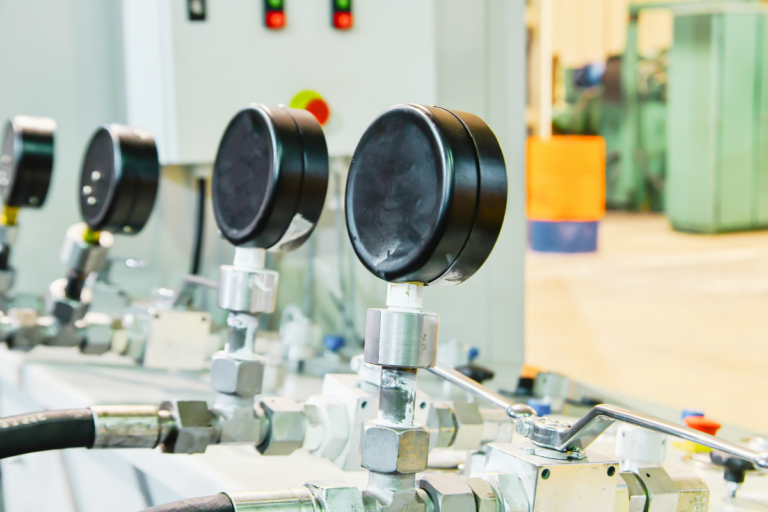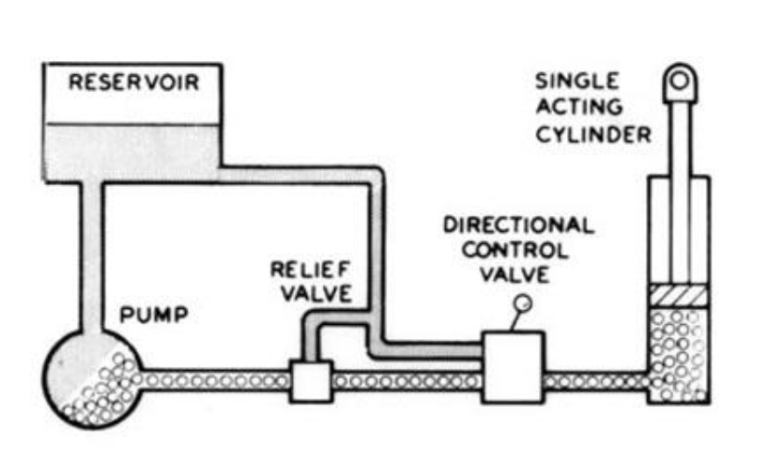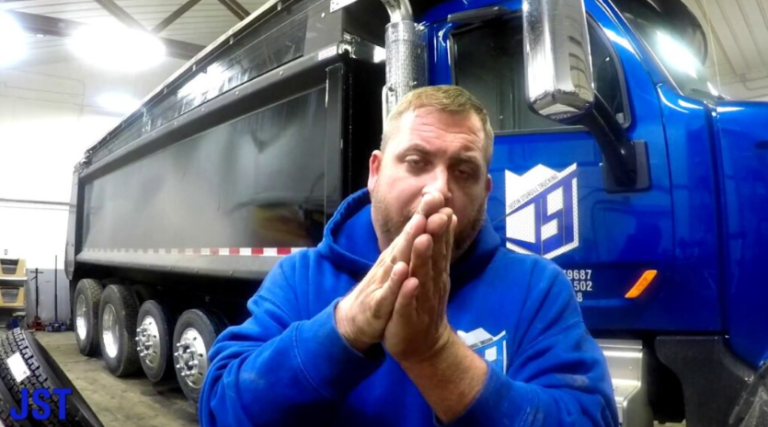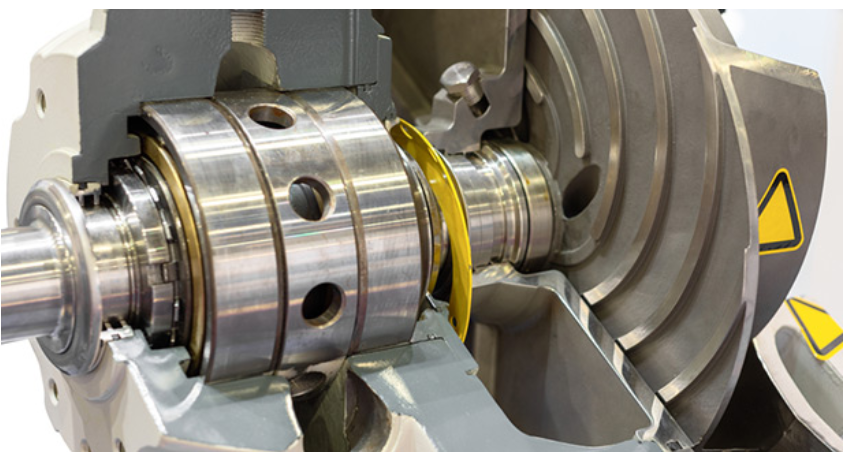
why shaft seal failure on hydraulic pump
Hydraulic pumps are indispensable in a variety of industrial and commercial settings. In particular, hydraulic pumps are used to move fluids, such as water, oil, gas, and slurry. This article will discuss the causes of shaft seal failure on hydraulic pumps.
What is hydraulic shaft seal failure?
Shaft seal failure can be caused by many factors, but the most common are vibration and heat.
Vibration can cause the seal to become loose and fail, while heat can cause the material to warp or crack.
There are a few ways to prevent shaft seal failure on hydraulic pumps:
– use a shaft seal with a long lifespan
– use a shaft seal that is designed for the application
– use a shaft seal that is properly fitted
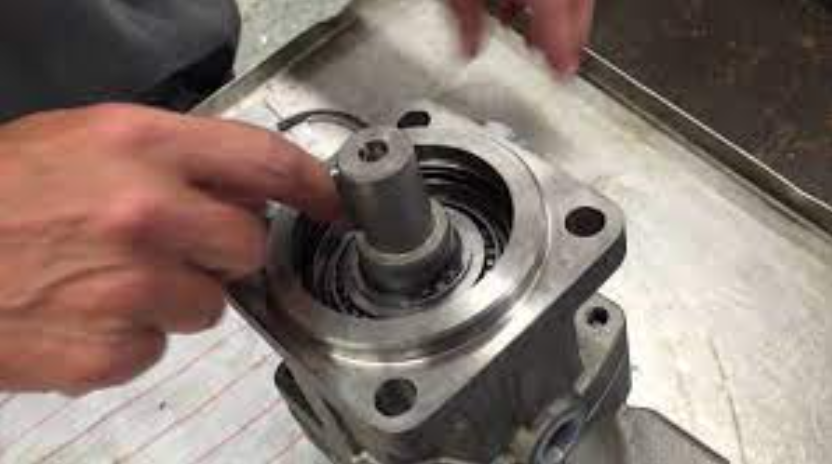
why shaft seal failure on hydraulic pump?
Shaft seal failure is a common issue with hydraulic pumps. The seals are designed to prevent water and oil from leaking out of the pump, but they can fail due to various factors. Here are some of the most common causes:
– Overuse or abuse: A seal that’s subjected to too much wear or stress will eventually fail. This can happen if the pump is used improperly or in an environment that’s too harsh.
– Improper installation: Poor installation can lead to leaks and damage to the seal. This includes things like not using the correct sealant, not seating the seal properly, and using a mismatched pump and seal.
– Chemical contamination: Water, oil, and other chemicals can damage seals over time. This is especially common in industrial settings where hydraulic fluid is constantly being recycled.
– Vibration: Shaft seals are especially prone to vibration, which can cause them to fail. This can be caused by a variety of factors, like the engine or equipment that the pump is attached to.
– Heat: Extreme heat can also damage shaft seals. This can happen if the pump is used in an environment with high temperatures or in a section of the machine that’s particularly hot.
Prevention is always better than cure when it comes to avoiding shaft seal failure on hydraulic pumps. Proper installation and maintenance can help keep the seals in good shape, and using a seal that’s designed for the application can eliminate any potential problems.
Signs of a Shaft Seal Failure on hydraulic pump
When your hydraulic pump experiences shaft seal failure, you may notice a few signs. If the pump is running constantly, it may become overloaded and cause premature failure of the seal. Additionally, if water is leaking from the seal or if the pump runs rough and sluggish, this could be an indicator that the seal has failed.
Symptoms of a Shaft Seal Failure on hydraulic pump
When a shaft seal fails on a hydraulic pump, the result can be catastrophic. The seal is designed to protect the inner workings of the pump from contaminants and moisture, but if it fails, these elements can flow freely into the engine and cause damage. Here are some of the most common symptoms of a shaft seal failure:
1. decreased engine performance. A failed shaft seal can cause oil to seep into the engine and reduce its performance. This happens because the oil cannot flow properly through the seals and into the engine cylinders.
2. high operating temperatures. A failed shaft seal can also cause high operating temperatures in the engine. This is because heat will build up in the system as oil leaks past the broken seal and into the engine compartment. This can ultimately damage components and create safety hazards.
3. reduced fuel efficiency. A failed shaft seal can also reduce fuel efficiency due to increased emissions and reduced lubrication. This is because oil no longer flows properly through the seals, preventing them from doing their job properly.
4. increased wear and tear. A failed shaft seal can also cause increased wear and tear on the engine. This is because the seal separates the engine from the surrounding environment, which can lead to greater friction and damage.
5. increased risk of failure. A failed shaft seal can also increase the risk of other mechanical failures in the engine. This is because it can create a vacuum that can cause other parts to fail.
If you are experiencing any of these symptoms, it is important to have your hydraulic pump inspected and repaired as soon as possible. A failure can lead to costly damage and even safety issues.
How to troubleshoot shaft seal failure on hydraulic pump?
If you are experiencing shaft seal failure on your hydraulic pump, here are some tips to help troubleshoot and fix the issue.
1. Inspect the pump for damage. If there is visible damage to the pump, it may be causing the seal to fail. Inspect the impeller, casing, and seals for wear or damage. Also check for signs of oil or water leakage.
2. Check the sealant condition. Make sure that the sealant is in good condition and properly sealing the shaft. If the sealant is dry or cracked, it may not be able to prevent leakage and will need to be replaced.
3. Check for proper fitment. The shaft should fit snugly into the casing and should not move around. If there is excessive play in any of these areas, it may be causing the seal to fail.
4. Check for proper installation procedures. Make sure that the pump is installed correctly and that all connections are tight. Improper installation can also cause a seal failure.
5. Inspect the fluid flow. If there is excessive noise or vibration from the pump, it may be causing the seal to fail. Check for blockages in the fluid path and replace any parts that are worn out.
6. Inspect the pump motor. If the pump is not operating properly, it may be causing the seal to fail. Check for clogs or damage to the impeller and replace the motor if necessary.
7. Inspect the fluid pressure. If the fluid pressure is low, it may be causing the seal to fail. Check for blockages in the system and replace any parts that are worn out.
How to avoid hydraulic shaft seal failure?
Shaft seal failure is a common problem on hydraulic pumps. Here are some tips to prevent it from happening:
1. inspect your pump for damage regularly, especially around the shaft seal area. If there is any sign of wear or tear, replace the seal right away.
2. make sure the shaft is properly lubricated. This will help protect the seal and keep it running smoothly.
3. use a quality shaft sealant when installing the seal. This will help ensure that the seal lasts for a long time.

Conclusion
Shaft seal failure is one of the most common causes of hydraulic pump failures. It can cause a drop in pressure and, if not detected and corrected quickly, can lead to catastrophic consequences. Understanding the causes and identifying signs that shaft seal failure is occurring are essential steps in preventing this type of problem from happening.
why shaft seal failure on hydraulic pump. please clicktopkitparts see more
